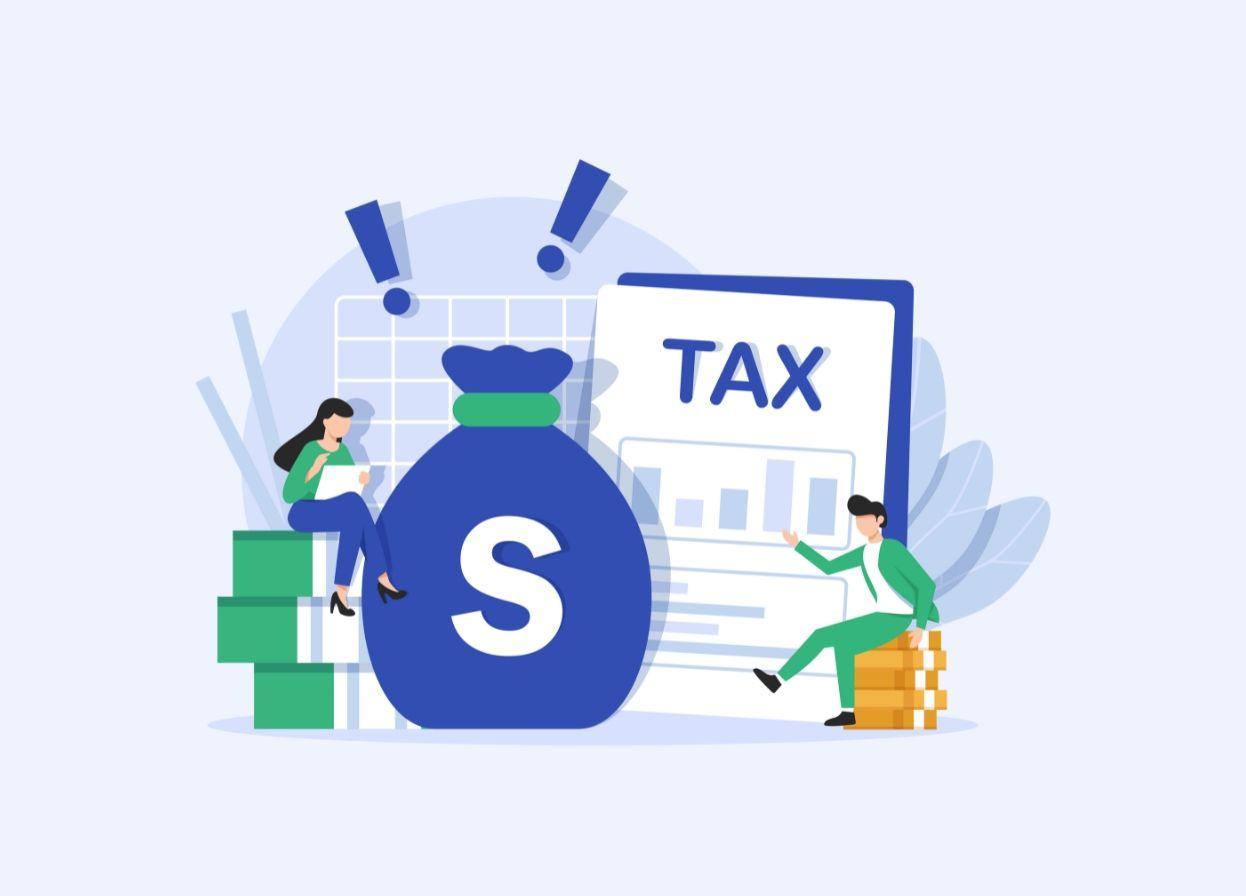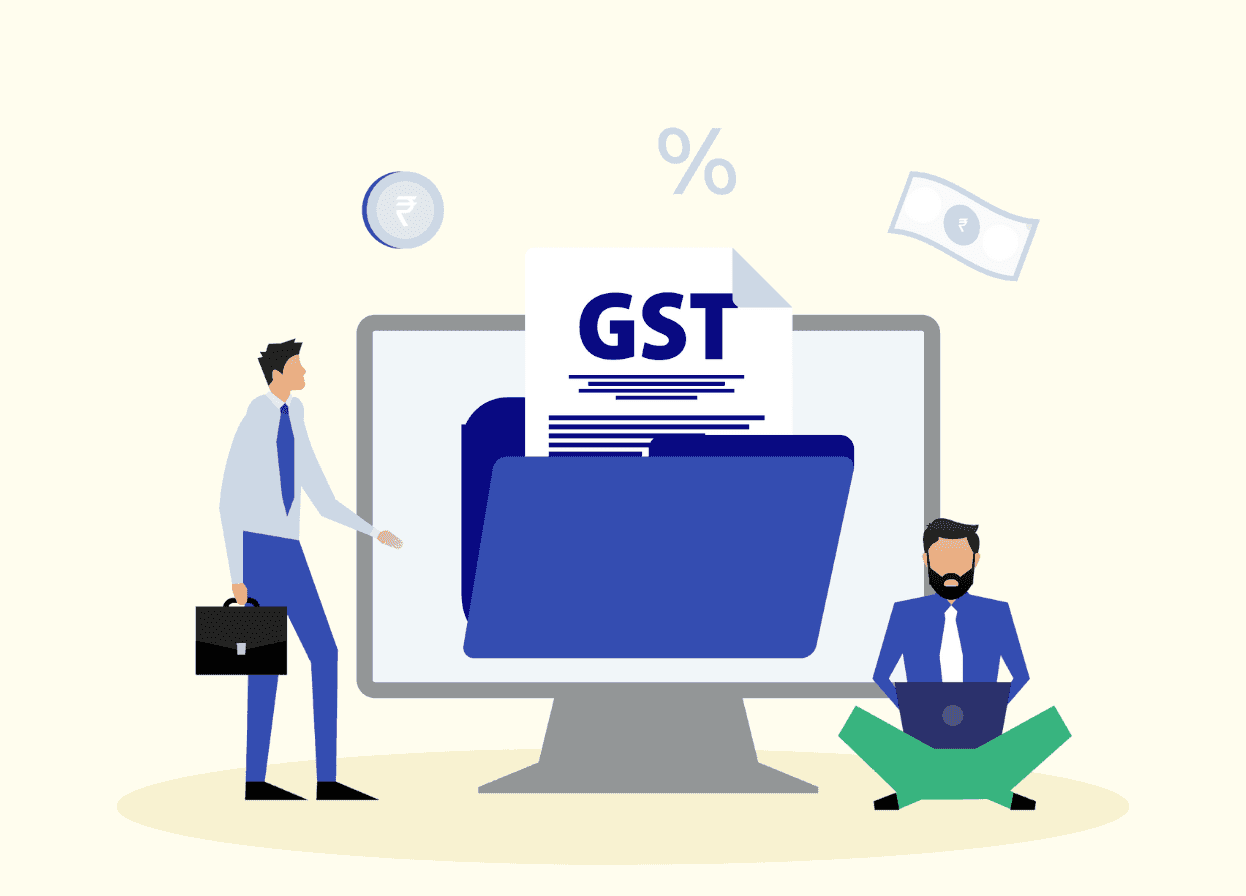E-Invoicing Under GST: What Exporters Need to Know to Stay Compliant

Picture this: you're running a successful export business, orders are flowing in, and everything seems smooth until you realise your invoice management system is no longer compliant.
India's GST framework now mandates e-invoicing for businesses above certain turnover thresholds - and if your annual aggregate turnover exceeds ₹5 crore, you must generate e-invoices for all B2B transactions and exports. Not generating valid e-invoices can lead to non-compliance, penalties, and delayed input credits.
This guide explains how e-invoicing applies to exporters, outlines the necessary steps, and provides guidance on automating the entire process.
What is e-Invoicing under GST?
E-Invoicing involves uploading your invoice details to a government portal, which provides you with a unique ID number and a QR code to verify the authenticity of your invoice.
You create invoices the same way you always have, using your accounting software or billing system. The difference is that now you need to send the invoice data to the Invoice Registration Portal (IRP) for verification.
Who needs to do this?
Any GST-registered business with an annual turnover above ₹5 crore must generate e-invoices for B2B transactions. This includes all export transactions, whether you're selling goods or services to customers outside India.
What gets covered?
All business-to-business invoices for both goods and services. If you're exporting anything from software to steel, from consulting services to consumer products, electronic invoicing applies.
The primary benefit is that your invoice information is automatically transmitted to the GST portal and e-way bill portal. This means that when you file your monthly GSTR-1 return, most details are filled in automatically, eliminating the need for manual data entry. It saves time once the process runs smoothly.
Does e-Invoicing Apply to Exporters? (2025 Thresholds)
The short answer is yes - most exporters doing decent business volume will need to comply with e-invoicing requirements.
You must generate e-invoices for exports if:
- Your aggregate turnover exceeds ₹5 crore in any preceding financial year from 2017–18 onward. This isn't just about your current year's sales - if you crossed this threshold in any year since 2017-18, you're required to generate e-invoices going forward.
- You are exporting either goods or services. Whether you're shipping manufactured products overseas or providing digital services to international clients, both scenarios fall under the e-invoicing mandate.
- You are a registered taxpayer under GST and not operating under the composition scheme (a simplified tax regime for small businesses that pay fixed rates but can't claim input tax credits or issue proper tax liability invoices). Most exporters fall into this category since they need to claim input tax credits and file regular returns.
You are exempt if:
- You are not registered under GST, which is quite rare for exporters since most need GST registration to handle export documentation and claim benefits
- Your aggregate turnover consistently stays below the ₹5 crore threshold. This applies mainly to very small export operations or businesses (or categories of businesses) just starting their international expansion
Remember that this threshold applies to your total business turnover, not just export sales. So even if your exports are small, if your domestic plus export sales together exceed ₹5 crore, e-invoicing becomes mandatory for all your B2B transactions, including exports.
Why It Matters for Exporters?
E-Invoices are now required to:
- Support claims under refunds and zero-rated supply benefits. When you're claiming GST refunds on your export sales or input tax credits, the system expects to see valid e-invoice data. Without it, your refund applications can get stuck or rejected entirely.
- Enable Input Tax Credit (ITC) for your customers if applicable. While most exports are zero-rated, some transactions, like supplies to SEZ units, allow buyers to claim input credits. Your e-invoice ensures their credits get processed smoothly.
What are the Consequences of Skipping e-Invoicing for Exporters?
Skipping e-invoicing creates real problems that can seriously impact your export business:
- Invalid invoices under GST law: Your invoices lose their legal validity, which creates a domino effect across your entire export operation. This isn't just a paperwork issue - it affects every aspect of your compliance.
- Refund claim delays and rejections: GST refund applications for export sales get stuck or rejected entirely when the system can't find valid e-invoice data. This directly impacts your cash flow, as export refunds are often a substantial tax amount.
- Audit penalties and scrutiny: During GST audits, missing e-invoices can trigger penalties and lead to a deeper scrutiny of your entire tax compliance. Auditors and tax authorities view this as a red flag that can lead to broader investigations.
- Banking and documentation issues: Banks may question your export documentation when processing payments, especially for eBRC generation. Without valid e-invoices, proving legitimate export transactions becomes complicated.
- FEMA compliance problems: Export transactions require proper documentation for Foreign Exchange Management Act compliance. Invalid invoices can create issues with regulatory reporting and foreign exchange receipts.
What an Export e-Invoice Must Contain
Getting your export e-invoice format right the first time saves you unnecessary amendment issues later. Here's what every export e-invoice needs to include:
- Invoice type marked as "Export" with a clear indication of whether you're exporting with or without payment of tax. This helps the system automatically categorize your transaction as a zero-rated supply, ensuring proper treatment in GST returns.
- Shipping bill number and date should be included if you have these details when creating the invoice. Many exporters create invoices before obtaining shipping documentation, which is perfectly fine; the system accommodates this reality.
- Details of the foreign recipient must be complete even though they're not registered under Indian GST. Include their full business name, complete address with country, and any available tax identification numbers from their jurisdiction. This information helps with FEMA compliance and bank documentation.
- Valid IRN and QR code generated through the Invoice Registration Portal. This is your proof that the GST system has validated the invoice. The QR code contains encrypted invoice data that can be verified by scanning.
💡Tip: Don't let missing shipping bill details delay your invoicing. You can generate the e-invoice first using the electronic invoice system and update shipping bill information later through the amendment process.
This keeps your cash flow moving while ensuring compliance. Just remember to update those details once you receive shipping documentation to maintain complete records.
Step-by-Step: How to Generate an e-Invoice for Exports
Getting your first export e-invoice up and running feels overwhelming, but it's actually a simple five-step process:
Step 1: Create the invoice in your billing software or ERP
Generate your export invoice as you normally would (make sure to add invoice number), ensuring that you mark the invoice type as "Export" and include all required details, such as foreign buyer information. Most modern accounting software has been updated to handle e-invoices and mandatory fields, but double-check that yours captures shipping bill numbers and export-specific data.
Step 2: Push it to the Invoice Registration Portal (IRP) via direct API integration or manually
Upload your invoice data to an authorized IRP. You can accomplish this through API integration, if your software supports it, or manually via the web portal. The system will validate your invoice details against the GST rate database and check for any errors in real-time.
Step 3: Get back the IRN and QR Code
Within seconds, the IRP sends back your unique Invoice Reference Number and QR code. Add these to your original invoice - this makes it a valid e-invoice under GST law.
Step 4: Share with the client and use for filing GSTR-1
Send the updated invoice with IRN and QR code to your customer. The invoice data automatically flows to your GSTR-1, so monthly filing becomes much easier with pre-populated export details.
Step 5: Use it while applying for export refunds or generating eBRC
When claiming GST refunds or obtaining your Electronic Bank Realization Certificate, please reference your IRN. Banks, tax experts, and authorities use this to verify legitimate export transactions quickly.
💡Pro tip: Ask your accountant or software vendor if your current system is IRP-compliant. Many businesses save time by using integrated e-invoicing platforms that automate steps 2 and 3.
Tools That Simplify e-Invoicing for Exporters
Managing e-invoicing manually gets difficult, especially when you're juggling multiple export orders. Here are a few bulk generation tools to help you out:
GST Suvidha Providers (GSPs) with export invoicing modules
These government-approved providers offer specialized export features beyond basic e-invoicing. They understand export documentation requirements and often include features like automatic shipping bill integration and FEMA compliance checks.
ERPs with IRP API integration
Popular accounting software, such as Tally, Zoho, Busy, and Marg, has built-in e-invoicing capabilities. Once set up, they automatically push invoice data to IRP and retrieve the IRN and QR code without requiring any manual intervention. This works well if you're already using these systems for your accounting.
Custom-built tools for SaaS exporters and MSMEs
Many exporters, particularly in the services sector, require solutions that extend beyond traditional accounting software. These application service providers are specifically designed for digital businesses and address the unique challenges of service exports.
Platforms like Skydo that auto-generate compliant GST invoices
Some fintech platforms combine payment processing with invoicing compliance. Skydo, for instance, creates GST-compliant invoices automatically when you receive international payments, handles FIRA generation instantly, and provides real-time payment tracking. This approach works particularly well for freelancers and service exporters who want everything integrated - from invoicing to payment receipt to compliance documentation.
Simplify Export Payments with Skydo
Export payments shouldn't be complicated. Skydo streamlines the entire process by automatically generating GST-rate-compliant e-invoices when you receive international payments. You get instant FIRA generation, zero FX margins, and real-time payment tracking - all in one platform.
Instead of juggling separate tools for invoicing, compliance, and payments, Skydo handles everything seamlessly. Perfect for service exporters, freelancers, and MSMEs who want to focus on growing their business rather than wrestling with paperwork. The platform integrates e-invoicing compliance with actual payment processing, allowing you to stay compliant while receiving payments faster and at a lower cost than traditional banking routes.
Is e-invoicing mandatory for export invoices in 2025?
Yes, if your aggregate turnover exceeds ₹5 crore. E-invoicing applies to all B2B transactions, including exports, regardless of destination country or customer registration status.
What if I'm exporting services to an unregistered foreign client?
Do I need a shipping bill number when submitting an e-invoice?
What happens if I don't generate an e-invoice within the time limit?












